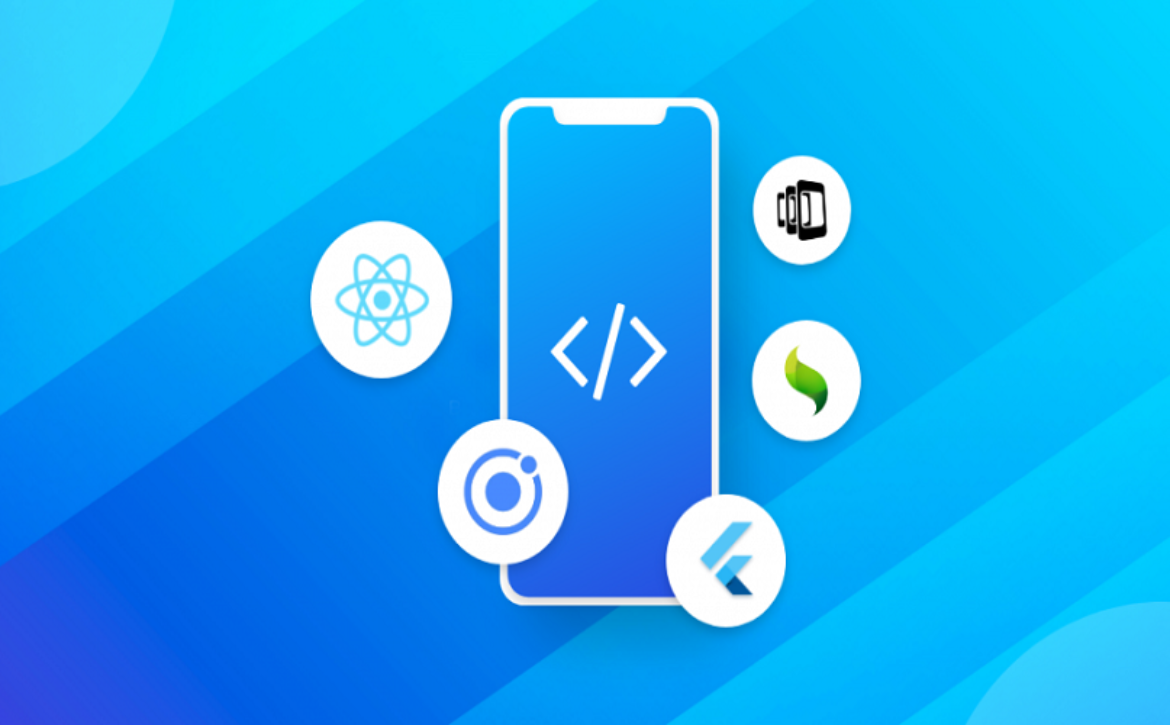The Ultimate Guide to Fantasy Sports App Development
In recent years, with the expanding mobile gaming industry, the fantasy sports app development market has been significantly growing. Per Allied Market Research, by 2027, the fantasy sports market size is likely to reach around $48.6 billion with a CAGR of 13.9%. Throughout the forecast period of 2021-2027, the market size is not likely to face a downfall.
With the thriving fantasy sports market, the competition among fantasy sports app development companies is increasing to develop engaging fantasy apps. You may also reserve your market share by building a user-friendly and innovative app.
This guide will help you with almost every detail you need to develop a fantasy sports app. After reading this post, you are going to hold enough details that may help you make a successful app.
Must-Have Features of a Fantasy Sports App
——————————–
Below are some features that your sports app should include.
For Participants
– User Registration
It’s a common and essential feature of any app that allows users to create their app account and log in.
– Profile Settings
One of the essential features of the fantasy sports app is profile setting, where the users are allowed to customize their profile details and check their account details, reward points, bonus, transaction history, referrals, etc.
– Contest
The feature will facilitate the users to view the details of the contest in which they are participating, like contest type, entry fee range, winners count, winning amount, contest size, winning range, etc.
– Landing Page
In this part of your fantasy sports app, the users land once they complete their login step. Here, the users view the sports that are being played. They can even filter the search elements per their choice, like the type of matches, sports, tournaments, etc.
– Join Contest
As the name says, this app feature makes the users join the contest by paying an entry fee required to take part in a fantasy sports game.
For Admin
– Dashboard
Here, the admin can access various statistics around the played matches and details relevant to the total number of players and more. Also, it reveals the total earnings of the users.
– Geo-Location
It lets the app admins track and monitor GPS position and send push alerts to the users about sports tournaments going around them.
– Manage Contests
This app feature helps manage and coordinate varied ongoing contests. The admin uses this to handle the contest strategies, add, edit, delete, or even deactivate the contest if needed.
– User Account Manager
This fantasy app feature allows users to manage, edit, deactivate, or delete their accounts.
– View Earnings
The best thing about a fantasy app development is the reward and earnings that a user receives. Using it, admins can access their entire earnings.
– Report Management
It allows the admin to access every report type, like earning reports, player ranking reports, etc.
Technologies To Make an Exceptional Fantasy Sports App
——————————–
Blockchain for a Secure Payment
A secure transaction is needed if you want users to trust you and your app. You may choose Blockchain, a decentralized technology network that can diminish an opportunity for fake documents, transactions, and other details. You can choose this technology for your fantasy app development to ensure your app’s safety and boost its processing speed.
Artificial Intelligence for Your App Personalization
AI holds the caliber to take sports to a level ahead. You can use the power of AI to suggest content that your app users may like, such as sending personalized notifications, providing personalized content, etc.
Social Media Integration
Social media plays an important role in the mobile app industry, considering custom relations, customer care, and marketing.
AR/VR to Provide Realistic Experience
Using AR/VR, you can offer your app users a realistic experience to craft 3D demo videos for any sport. It’s the best solution to append entertainment in the sports industry.
Tech Stack Used to Develop Fantasy Sports App
——————————–
Front End – JavaScript, HTML5, CSS, jQuery, Bootstrap, AngularJS
Push Notifications – Apple push notifications, Twilio
Framework and Programming Language – Java, PHP, React Native, Flutter, C, Kotlin, or Swift.
Cloud – Google Cloud, Azure
Database Management – MongoDB, PostgreSQL, MySQL, Cassandra, MailChimp Integrations, HBase,
Payment Integration – PayPal, Braintree, Stripe, PayUMoney, Net Banking, e-Wallets, e-Banking
How to Monetize a Fantasy App?
——————————–
To make money from your fantasy app, you can choose any monetization model as mentioned below.
Freemium
If you choose this model for monetizing your app, the users can download your app for free. To get complete access to your app’s advanced functionality, your app users would be required to order something or make a purchase. Also, for your paid users, you can add ad-free gaming, additional features, etc.
Advertisement
One of the most beneficial revenue models for your fantasy sports app can be mobile ads. Top giants are earning a huge amount through advertising, like Yahoo. You just need to showcase commercial ads, and the ad networks will pay you an amount.
Participants Fees
You can charge a participation fee from your app users to earn money. Top fantasy sports apps, like FanDuel and DraftKings, are earning money using this monetization model.
Merchandise
You can sell merchandise to earn money; for example, charge an amount by selling custom t-shirts for your app users.
What is the Fantasy Sports App Development Cost?
——————————–
The cost to develop a fantasy sport depends on below factors:
- App development platform you choose,
- The number of features you would like to include in your app,
- The complexity of your fantasy sports app,
- The Technology stack you choose for your app development,
- Your app development team size, skills, etc.
So, we can emerge with a fixed cost but an estimate. It may cost around $60K-$100K.
How a Fantasy App Development Company Can Help You?
——————————–
You can choose from the top Fantasy App Development Companies in India 2023 that can help you develop a visually appealing, reliable, secure, scalable, and user-friendly fantasy sports app. The companies provide dedicated app developers who are skilled in every advanced technology that can help offer top-quality fantasy sports gaming experience to your app users.
Conclusion
After reading the entire guide about how to develop a fantasy sports app, at this point, we can expect you to hold enough information that may help in your app development journey. Besides, to emerge with a competitive app, you would need to hire a best fantasy sports app company to help convert your app idea into reality per your business needs and goals to attain.

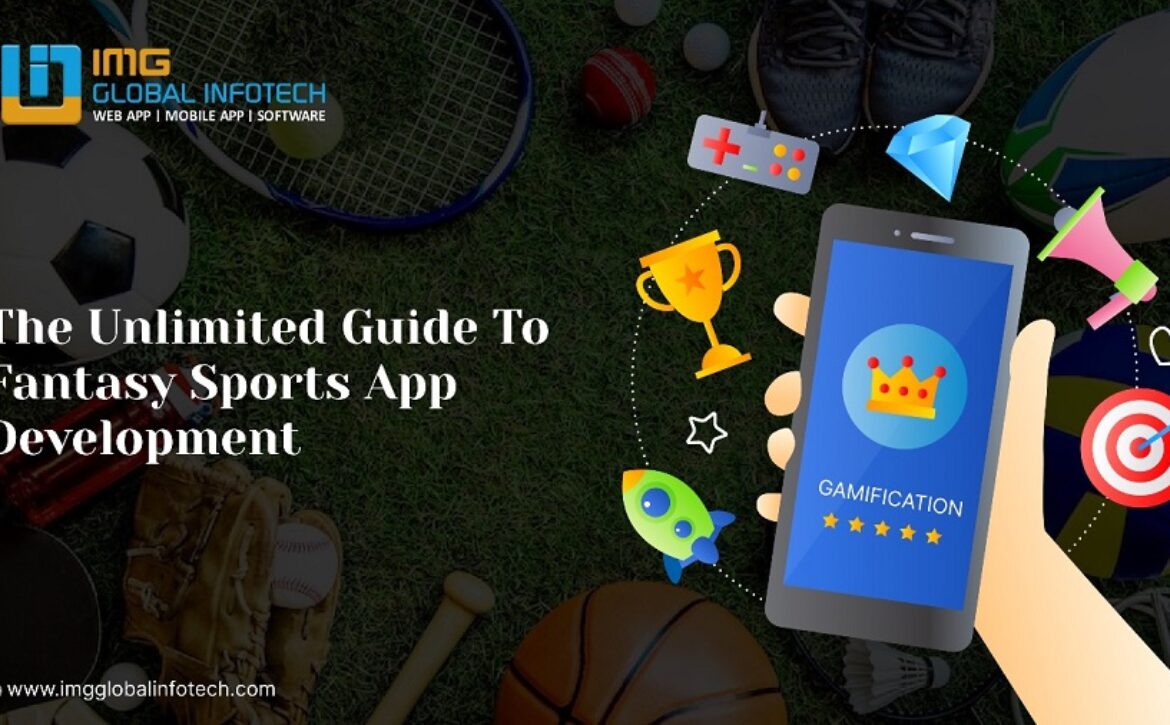

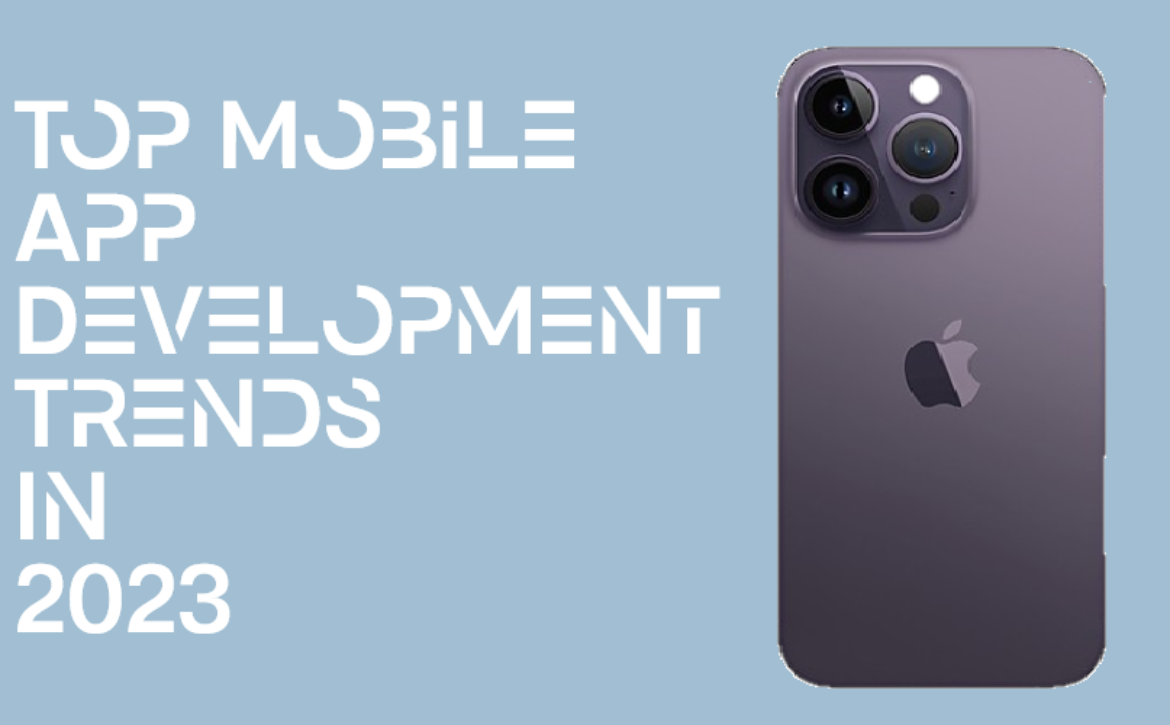
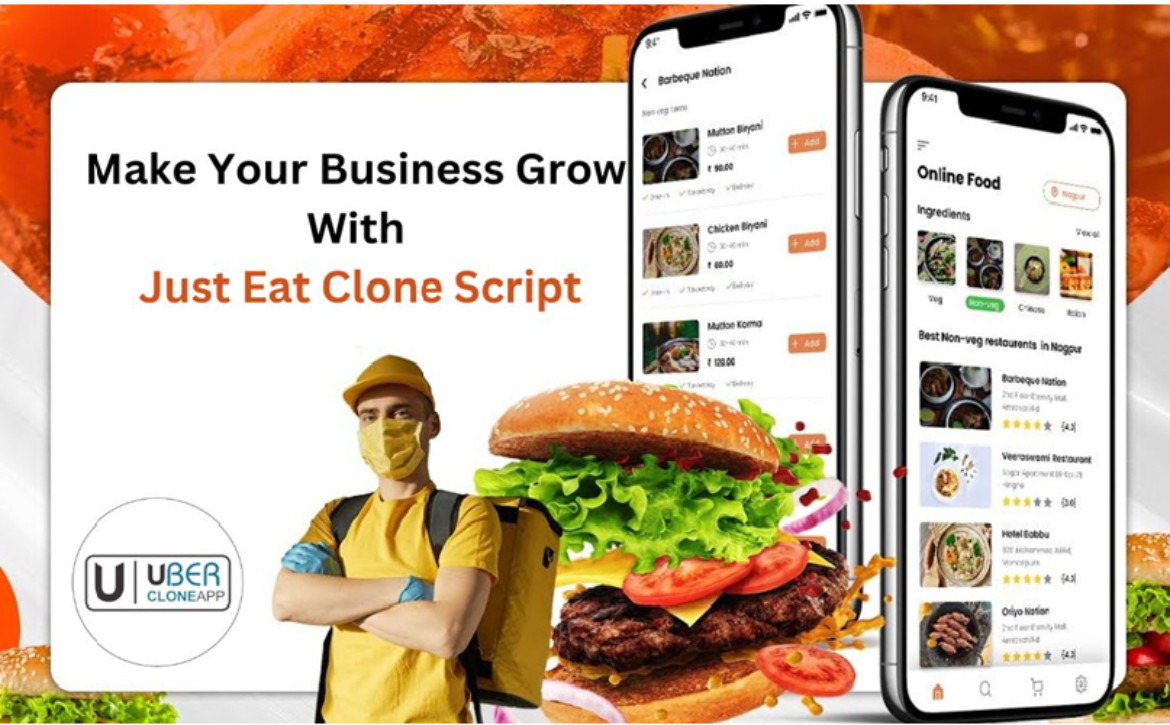
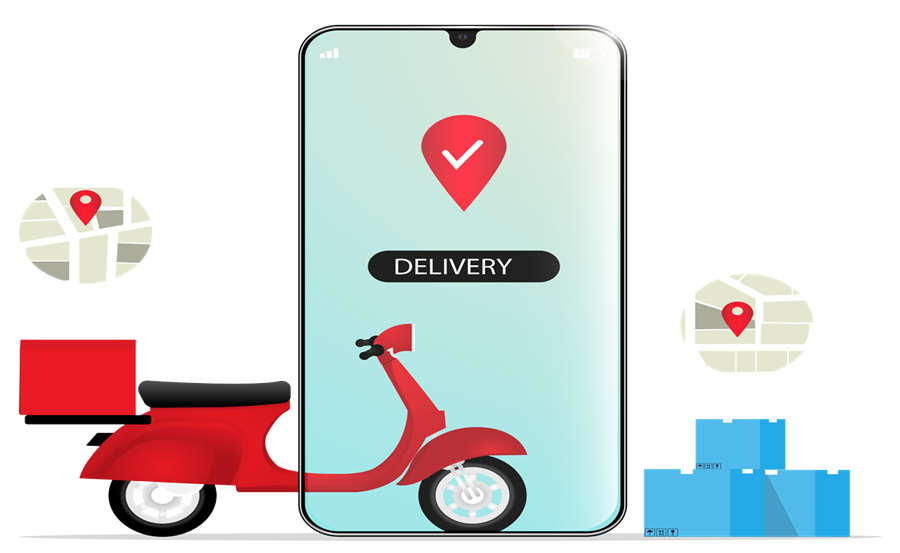 Just Eat clone script features
Just Eat clone script features
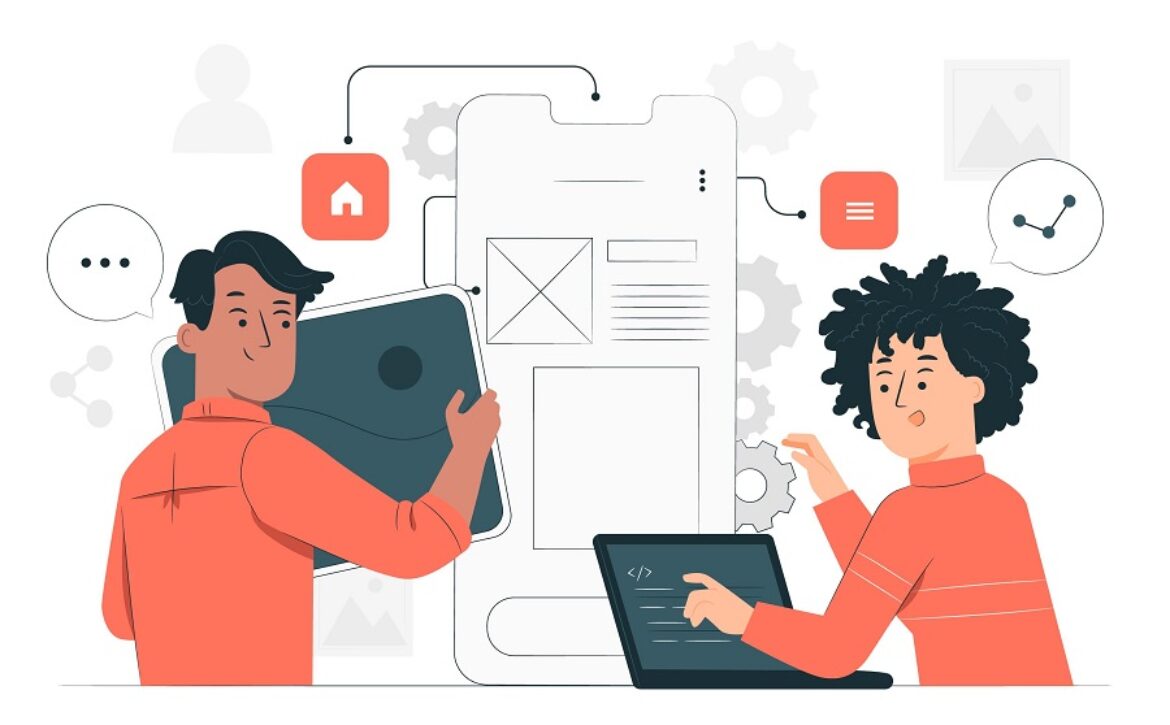
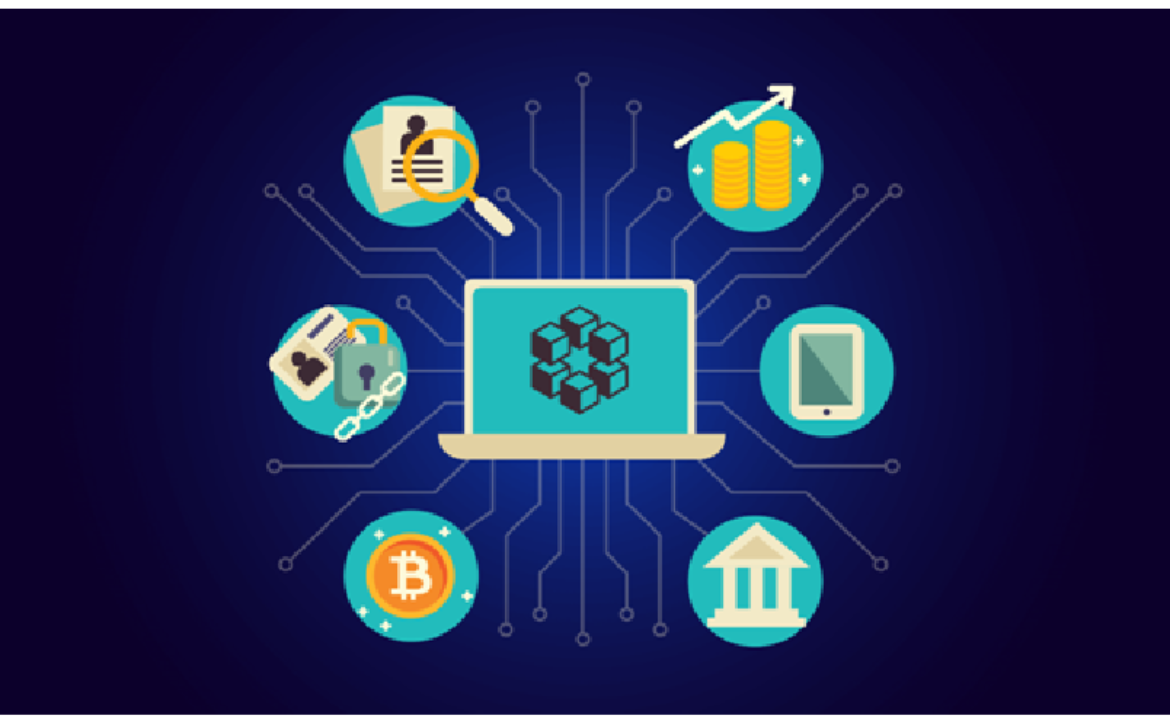

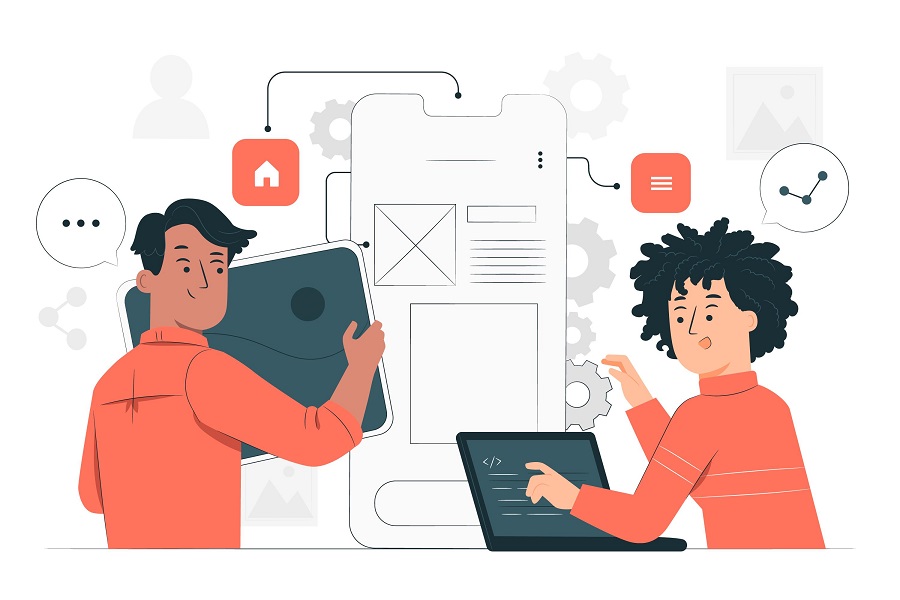 Key Benefits of Hybrid App Development
Key Benefits of Hybrid App Development
